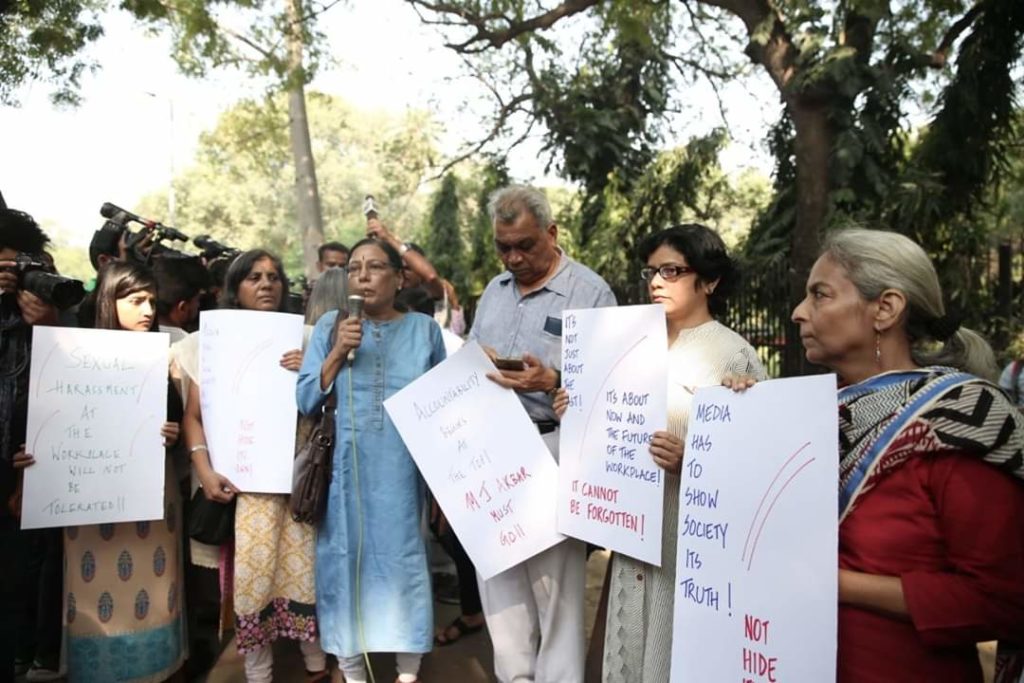Singapore’s coronavirus success story hits a snag
I report from Singapore on new cases of Covid-19 exploded among migrant workers who live in the country’s far-flung dormitories. Human rights watchers say these developments should be no surprise. Hailed as a model for its early success in containing the spread of coronavirus, Singapore is now having to explain an alarming surge in infections—more […]
Singapore’s coronavirus success story hits a snag Read More »
